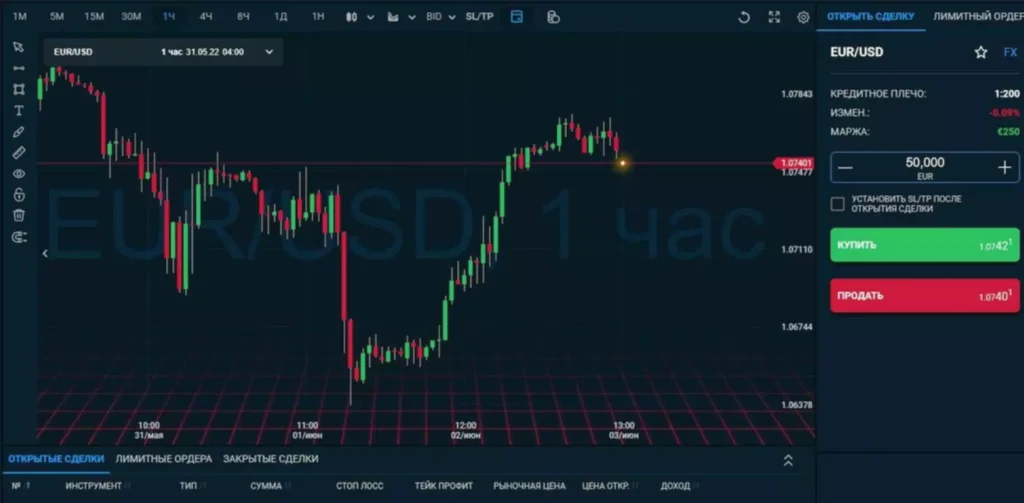Content
Moreover, the descending wedge pattern can be called a bullish continuation pattern or bullish reversal. A rising wedge pattern consists of a bunch of candlesticks that form a big angular wedge that is moving up in price. It is a bullish candlestick pattern that turns bearish when price breaks down out of wedge. Rising wedge patterns form by connecting at least two to three higher highs and two to three higher lows which become trend lines. The rising wedge pattern can sometimes be a continuation pattern as well but that’s a rare occasion.
If you’ve been watching our candlesticks patterns videos or reading our blog posts, you’ve probably noticed by now that trend lines are pretty important. You simply need to practice drawing them to find patterns. Some rising wedges are vectored at steeper inclines then others . Say EUR/USD breaks listed below the assistance line on its wedge, however then rallies and strikes a new greater high. Both lines have now been exceeded, meaning that the pattern has actually broken. So by putting a stop loss at the previous market high, you can close the trade prior to additional losses are incurred.
- You need at least 2 reaction highs to form the upper resistance line.
- It’s important to have confirmation of the breakout so you’re not caught in a trap.
- Basically, here you are hoping for a considerable move beyond the assistance trendline for a rising wedge, or resistance for a falling one.
- When you’re looking at charts you’ll notice it can even take up to 6 months to form.
- Every opinion or information included on our website is only general in nature.
Price will break above or below these levels and then retest them. Not being able to draw these properly can result in making bad entries into a stock. We teach how to trade candlesticks on our live daily streams. Instead of price breaking down though, it continues up, until a point . As a reversal trend it slopes up with the trend and then breaks down (and signals a good entry or exit on a trade!). Forex, Stocks, Commodities, Futures, Cryptocurrencies, and CFDs Trading have large potential rewards, but also involve the risk of loss.
Want to know which markets just printed a Falling Wedge pattern?
In this example, the falling wedge serves as a reversal signal. After a downtrend, the price made lower highs and lower lows. A rising wedge is often considered a bearish chart pattern that indicates a potential breakout to the downside. You will be able to spot these formations easily, but we like to set up our falling resistance and support levels through our line graphs to give us a better representation.

The support and resistance lines come together to form that cone shape as the pattern matures. The more shallow the lows the more of a decrease in selling pressure there is. As we stated above, support and resistance are a key part of trading falling wedge patterns. Descending broadening wedge forms when the price makes lower highs and lower lows. All the highs and lows must be in-line, means that they must be related by a trendline from above and from below.
And if you have a falling wedge you place your TP at the top of the upper trendline to gain substantial profit. After that, the trend lines converge and form the wedge pattern. But before the lines converge, sellers arrive at the coins market, and consequently, the rise in prices begins to lose their momentum.
If that resistance level holds, they can buy put options or short sell. This pattern has higher highs and higher lows making it inherently bullish even though it has a bearish bias. Check out the reversal pattern looming with $SPY here – notice the red candle at support. The chart pattern provides a good entry in several different points along the pattern.
What Is a Rising Wedge Pattern?
Since then we have continuously created the new and improved the old, so that your trading on the platform is seamless and lucrative. We don’t just give traders a chance to earn, but we also teach them how. They develop original trading strategies and teach traders how to use them intelligently in open webinars, and they consult one-on-one with traders. Education is conducted in all the languages that our traders speak. In the article, I used images taken from the Olymp Trade trading platform.

And below the lower trend line when you are trading a descending wedge pattern. Some traders choose to place it outside the signal line and others may place it closer to keep its size smaller. When a wedge pattern occurs in the direction of the trend and at the end of the trend, then it is considered a reversal pattern. Therefore, it can signal bullish or bearish price reversals. And the second is that there is a pattern of decreasing volume while the price progresses through the pattern. Third one is the occurrence of a breakout from one of the trend lines.
Overall guidelines to identify the pattern
Hence why we stress knowing how to properly draw trend lines. To form the lower support line you need at least 2 reaction lows. The reaction lows need to be lower than the lows before it. You need at least 2 reaction highs to form the upper resistance line. Every opinion or information included on our website is only general in nature.
When ascending broadening wedge formation appears in the uptrend, this means that there is a reversal of the previous trend. The wedge trading strategy has a signal line, which could be the upper or the https://xcritical.com/ lower line. However, if there is a rising wedge pattern, then the signal line would be the lower line. Instead, if you have a descending wedge pattern, then the signal line would be the upper line.
This pattern has a rising or falling slant pointing in the same direction. It differs from the triangle in the sense that both boundary lines either slope up or down. Price breaking out point creates another difference from the triangle. Falling and rising wedges are a small part of intermediate or major trend.

The USD/CHF chart below presents such a case, with the market continuing its downward trajectory by making new lows. Price action then start to trade sideways in more of a consolidation pattern before reversing sharply higher. Traders can look to the starting point of the descending wedge pattern and measure the vertical distance between support and resistance. Then, superimpose that same distance ahead of the current price but only once there has been a breakout. There’s no way you can perfectly measure the decline so using technical analysis helps.
Using Trend Lines To Find Rising Wedges
Our website and the information that we provide should not be relied upon as a substitute for extensive independent research before making your investment decisions. In no event will we be liable for any loss or damage on your account in connection with, the use of our products. For any real cash investments you have to contact your financial advisor. Bitcoin is forming the wedge pattern, as we see it slowing down within final 5th wave by Elliott wave theory. We introduce people to the world of trading currencies, both fiat and crypto, through our non-drowsy educational content and tools.

Notice how price action is forming new highs, but at a much slower pace than when price makes higher lows. CFDs are complex instruments and come with a high risk of losing money rapidly due to leverage. 78.17% of retail investor accounts lose money when trading CFDs with this provider. You should consider whether you understand how CFDs work and whether you can afford to take the high risk of losing your money. To do this we take the range from the widest part of the wedge – this gives us an expected breakout range for the market to rise.
Use the simple moving average formula or the VWAP trading strategy to give you buy and sell signals. Watch for a rising wedge pattern to form by connecting two to three peaks and valleys . Candlesticks such as thelong legged doji candlesticks, bullish candlesticks or evendragonfly doji candlesticksgive you warnings ahead of time.
Falling Wedge patterns
A falling wedge chart pattern is known as a continuation and reversal pattern. The easiest way to spot a falling or descending wedge pattern is by looking for two converging trend lines that have been forming over time. Each time these trend lines converge, they form what is known as a wedge that gives rise to its name. When executed correctly, a descending wedge pattern can provide you with decent returns if done so during trending periods. Falling wedge pattern or also called descending wedge is the inverse of the rising wedge pattern.
On the other hand, if it forms during a downtrend, it could signal a continuation of the down move. The take profit target is measured by taking the height of the back of the wedge and by extending that distance up from the trend line breakout. The profit target is measured by taking the height of the back of the wedge and by extending that distance up from the trend line breakout.
Are Candlestick Patterns Reliable
The more you get used to switching between the chart and line chart, the better. We use the same rules as the previous example but apply it to when the price breaks out of the wedge formation to the upside. Wedges are slightly different because they appear mid-trend and can be either a continuation or reversal pattern in forex trading.
In contrast to symmetrical triangles, which have no definitive slope and no bias, falling wedges definitely slope down and have a bullish bias. However, this bullish bias cannot be realized until a resistance breakout occurs. It is a bullish pattern that starts wide at the top and contracts as prices move lower. In contrast to symmetrical triangles, which have no definitive slope and no bias, falling wedges slope down and have a bullish bias. The likely price target of any wedge is equal to its size.
Even though selling pressure may be diminishing, demand does not win out until resistance is broken. As with most patterns, it is important to wait for a breakout and combine other aspects of technical analysis to confirm signals. Rising wedge patterns are bigger overall patterns that form a big bullish move to the upside. It becomes bearish once price fails the base of the wedge.

Recent Comments